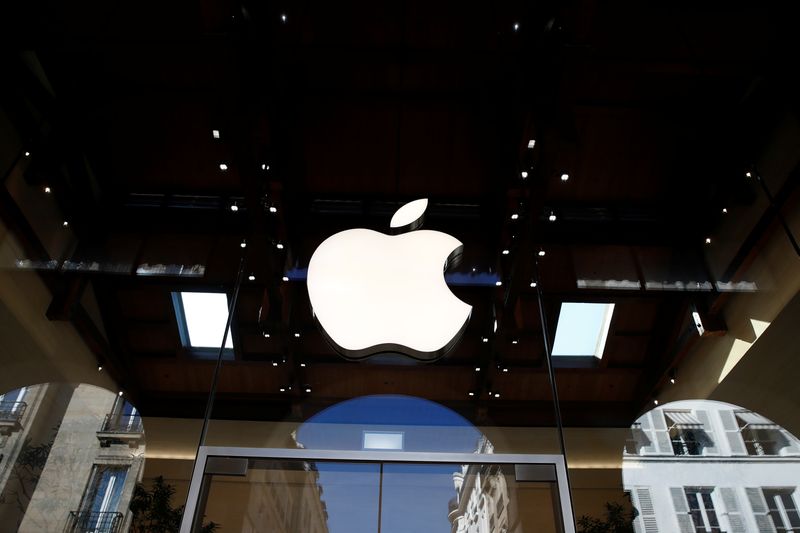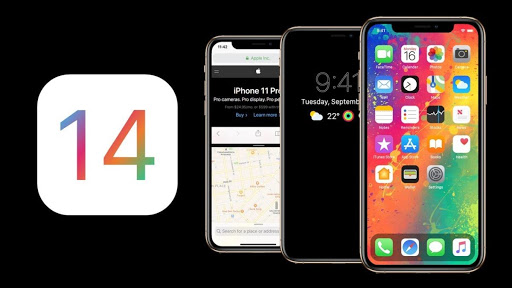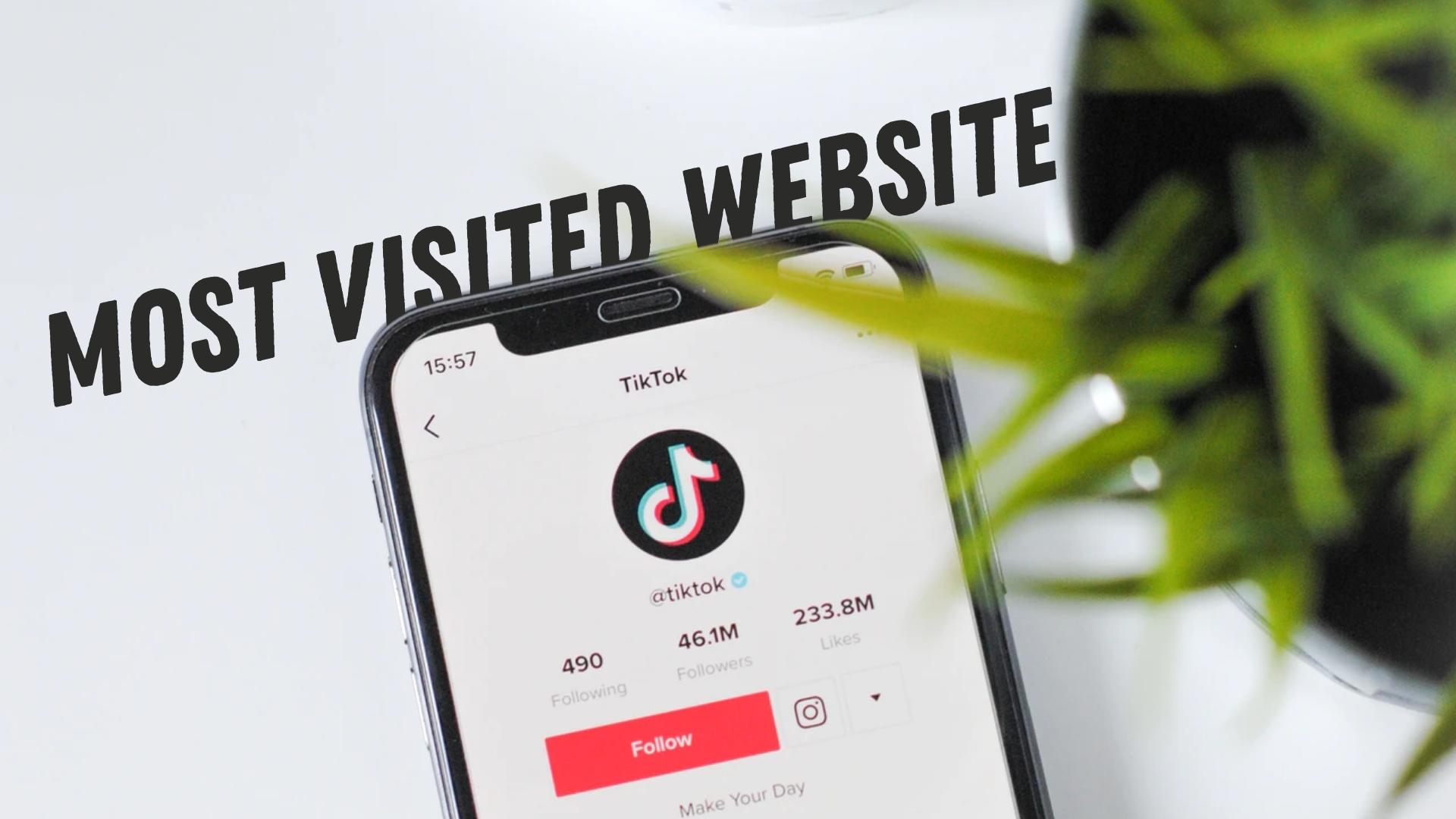In a significant shift, Apple is set to revise its iOS app ecosystem, historically known for its strict control. This change, reported by The Wall Street Journal, spurred by regulatory demands from the European Union, contemplates welcoming third-party App Stores. Here’s what we know so far.
Apple to Implement Fees and Restrictions for Third-Party App Store Downloads
Prompted by the EU’s Digital Markets Act (DMA), this change aims to dismantle the monopolistic stronghold of tech giants, fostering a more competitive landscape. However, the tech giant’s approach includes stipulations such as extra fees and restrictions, potentially curbing the flexibility anticipated by developers and consumers.
The DMA mandates the company to allow sideloading, enabling users to download apps from beyond the App Store.

While this development is celebrated by open platform advocates, Apple’s execution seems to stop short of offering complete freedom. Reports from The Wall Street Journal suggest that the tech company plans to levy fees on apps downloaded outside its App Store. The exact fee structure remains undisclosed but is expected to mirror the App Store’s current revenue-sharing model, where the giant claims a 30% cut. This move might face backlash from developers, viewing it as an undue financial strain.
Moreover, the giant aims to impose security restrictions on sideloaded apps, potentially restricting their functionality and raising privacy concerns. Sideloading will also necessitate a security review, possibly hindering developer efforts and delaying the rollout of non-App Store apps.
Apple defends these restrictions as essential for maintaining iPhone security, asserting that its walled-garden approach has been effective against malware. However, critics argue that these measures are more about preserving its app ecosystem dominance and safeguarding its App Store income.
The implications of these proposed changes are manifold. Developers might be deterred by the looming fees and stringent security measures, limiting the variety of apps available outside the App Store. Users, too, might exercise caution around sideloading, deterred by potential security risks or the unfamiliarity of the process.
The outcome of the sideloading initiative remains uncertain. If the restrictions prove overly burdensome, the effort might be perceived merely as a compliance gesture with the DMA, rather than a genuine move towards an open iOS platform. The future will reveal whether the giant can strike a balance that ushers in a more varied and competitive app ecosystem for iPhone users.
In essence, the long-term effects of sideloading on app pricing and market dynamics, along with the technical challenges of implementing secure sideloading on iPhones, merit further exploration. Understanding the implications for user privacy and security, and considering the DMA’s wider impact on the tech industry, will offer a fuller picture of the evolving app distribution landscape on iOS.








